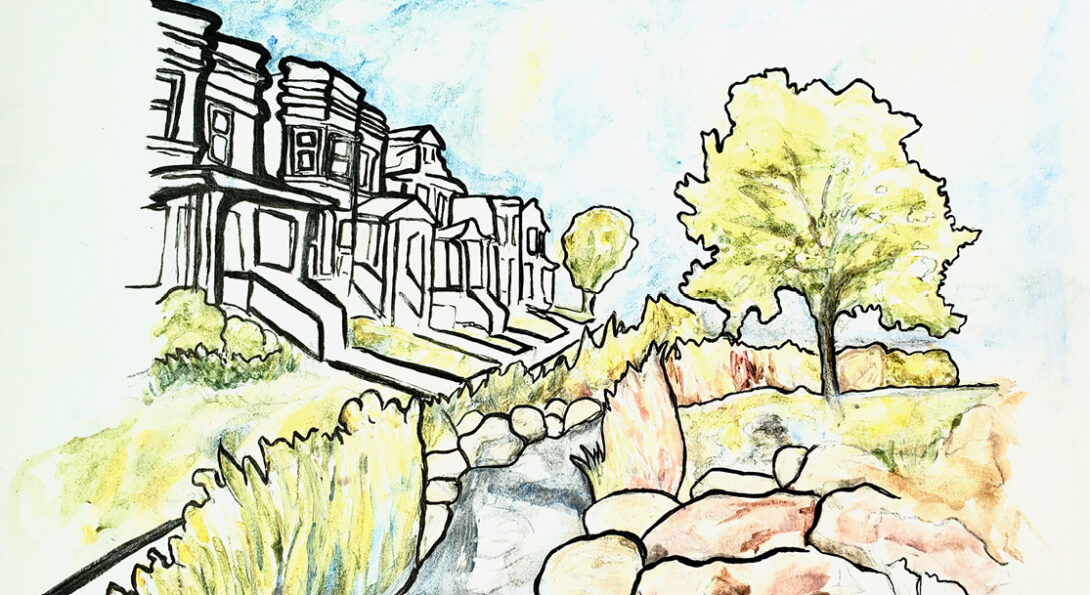Exploring the Green Infrastructure Landscape in the Chicago Region

Learn about this emerging industry with our newest report
The Voorhees Center is pleased to announce the release of a new report analyzing the green infrastructure industry in the Chicago Metropolitan Area, which contributes to the larger green economic development effort supported by the EDA UC Program.
The report, The Landscape of Green Infrastructure in Chicago, arrives at a pivotal point in the country's transition toward a more resilient and green economy. Cities like Chicago will see some of the largest investments in water and transit infrastructure in recent history with programs like the Biden Administration's Bipartisan Infrastructure Law. These investments will be crucial in implementing urgent climate mitigation and environmental remediation measures, particularly in communities that have been disproportionately impacted by environmental injustice and other hazardous conditions in their built environment.
What is Green Infrastructure?
Green infrastructure is a nature-based solution that, among many things, helps reduce the heavy burdens of flooding on traditional stormwater systems, prevents disruptions to local ecosystems, and improves the health of our existing vegetation such as trees and agricultural crops. Chicago recognizes the importance of green infrastructure and is already exploring environmentally friendly and cost-effective alternatives to traditional (or "grey") infrastructure in the form of green roofs, permeable pavement, rain gardens, and other features.
An Equitable Green Infrastructure Future in Chicago
To this day, communities on Chicago's South and Southeast sides are still recovering from the loss of manufacturing jobs that employed thousands of residents. As the sector declined, so did the economic stability of many predominantly Black and Latinx communities. There is now an immense opportunity to connect people with skills from closely related industries such as construction, landscaping, and water management, not only to place more people in jobs, but also to place them in an industry that promotes clean and safe practices, offers fair wages and benefits, and can provide career pathways to those who seek to advance in their industry.
The Landscape of Green Infrastructure in Chicago: Report Overview
Developed through extensive literature scans of policies and plans, data analysis, and stakeholder outreach, this report:
- provides an up-close view of the current green infrastructure landscape in the Chicago region through an examination of the current workforce, sub-sectors, stakeholders, and available government support;
- identifies challenges within the industry and strategies to address said challenges;
- delves into data on 30 core occupations involved in green infrastructure work to examine employment trends and other job characteristics.
Findings from data analysis show that many occupational groups within the green infrastructure industry are strong and growing in the Chicago region. Yet there are many barriers to growing an equitable industry, from “low” road practices and reputation to organizational capacity, and challenges around maintenance and specialized training.